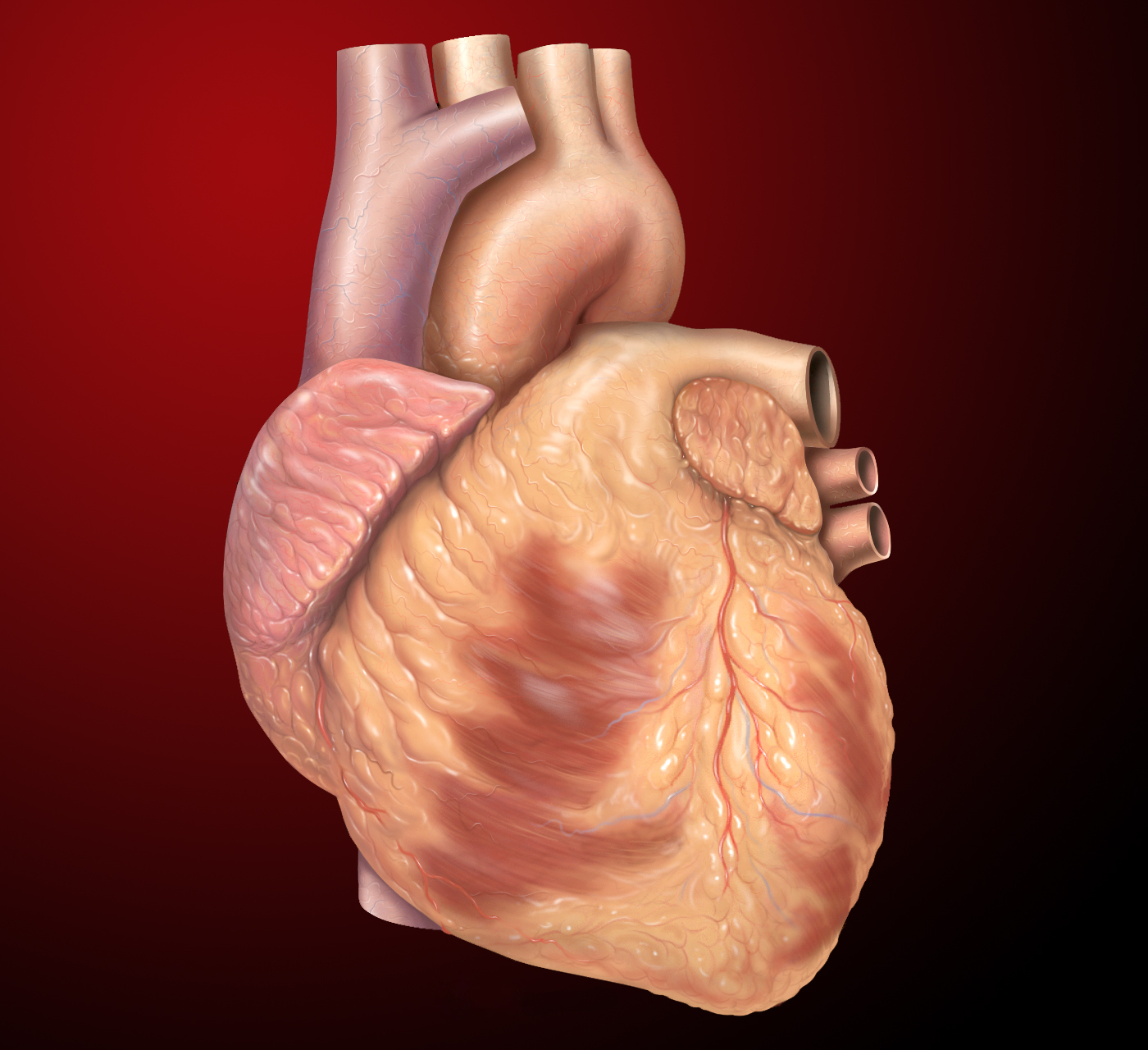A resting heart rate of 75 beats per minute in mid-life is linked to a doubling in the risk of an early death from all causes-at least among men-reveals research published in the online journal Open Heart.
And an increase in the rate for men in their 50s is associated with a heightened risk of heart disease over the next 11 years, the findings show.
Resting heart rate-the number of heart beats per minute when the body is at rest-usually changes with age, with lower rates indicative of better cardiovascular fitness and more efficient heart function. A resting heart rate of 50 to 100 beats per minute (bpm) is considered to lie within the normal range.
The researchers wanted to find out what impact a resting heart rate at the higher end of the normal range might have on long term health and risk of early death (before the age of 75), and if changes in the rate over time might be important.
They studied a randomly selected group of men aged 50+ from the general population, all of whom had been born in 1943 in Gothenburg, Sweden.
In 1993, 798 out of a total of 1450 filled in questionnaires on lifestyle, family history of cardiovascular disease, and stress levels. And they were given a comprehensive medical check-up, which included their resting heart rate.
This was divided into four categories: 55 or fewer bpm; 56-65 bpm; 66-75 bpm; and more than 75 bpm.
Resting heart rate was measured again in 2003 and 2014 among those who were still alive and willing to take part at these time points (654 and 536, respectively) to track any changes in rate between 1993 and 2003 and any treatment for, or deaths caused by, heart disease/stroke or anything else, up to 2014.
During the 21-year monitoring period, 119 (just under 15%) of the original 798 men died before their 71st birthday; 237 (nearly 28%) developed cardiovascular disease; and 113 (just over 14%) developed coronary heart disease.
Men whose resting heart rate in 1993 was higher than 55 bpm were more likely to be smokers, less physically active, and more stressed than those whose rate was lower.
They were also more likely to have other cardiovascular disease risk factors, such as higher blood pressure and weight.
But a resting heart rate of 75+ bpm in 1993 was nevertheless associated with around a twofold higher risk of death from any cause, from cardiovascular disease, and from coronary heart disease, compared with a resting heart rate of 55 or below.
And a resting heart rate that was stable between 1993 and 2003, when the men were aged 50 to 60, was associated with a 44 per cent lower risk of cardiovascular disease over the next 11 years compared with a resting heart rate that had increased over this period.
What’s more, every additional beat increase in rate was associated with a 3 per cent higher risk of death from any cause, a 1 per cent higher risk of cardiovascular disease, and a 2 per cent higher risk of coronary heart disease.
This is an observational study, and as such, can’t establish cause, added to which the research was restricted only to men, and the age of the participants may itself have been an influential factor, note the researchers.
But the findings have clinical implications, they suggest, in that monitoring changes in resting heart rate over time may be important for uncovering future cardiovascular disease risk.




